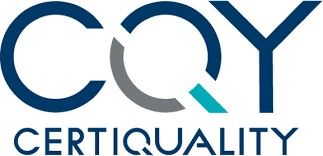
Training
The best investment for competitiveness and growth

The benefits
Investing in a structured training program is not just an option but a necessity for any business that wants to thrive in today's competitive and ever-changing environment.
Training and updating skills make people more productive, innovative, creative, with greater problem-solving skills, communication with others, teamwork and adaptation to changes.
1. For the organization
- Increased Productivity: more trained and competent employees carry out their work more efficiently, increasing the overall productivity of the company. Improved quality of work: continuous training helps improve the quality of work, reducing errors and increasing precision .Adaptability to changes: trained employees are more flexible and ready to adapt to technological and market changes. Staff satisfaction: investing in training demonstrates to employees that the company is interested in their development, increasing their satisfaction and loyalty. Employees become the first promoters of the organization externally by attracting new talent.Employee retention: people are a precious and scarce resource. Replacing an employee who leaves the company is much more honorable than taking care of their updating and well-being at work. Innovation and creativity: training stimulates new ideas and innovative approaches, promoting a creative and dynamic work environment. Regulatory compliance: training programs Up-to-date training ensures that the company and its staff comply with industry regulations and standards.
2. For the customer
In a customer-centric business, the link between corporate training and customer satisfaction is very important. In fact, a competent employee who is also happy with the reorganization he works for will be customer-oriented in a more effective and constant way. These behaviors will increase customer loyalty and consequently profit.
Contact us to find out how we can help you develop and implement an effective training program tailored to your needs.
HOW IT WORKS: THE PHASES
Unforeseen events?
Risks to prevent?
How to increase resilience?
Tell us your needs
Costlab srl | Via Mauro Macchi 58 20124 Milan | VAT number: 06052210967 | Privacy Policy Cookie Policy





